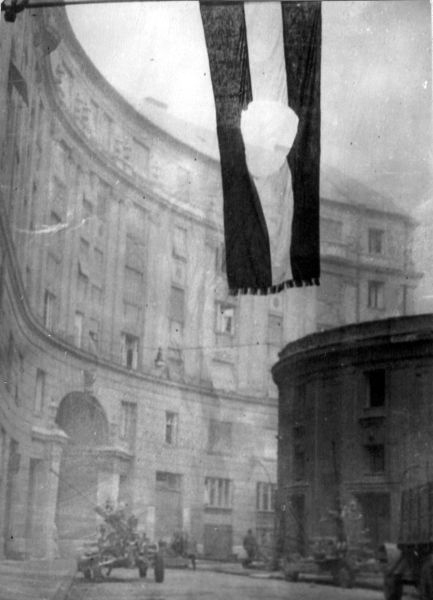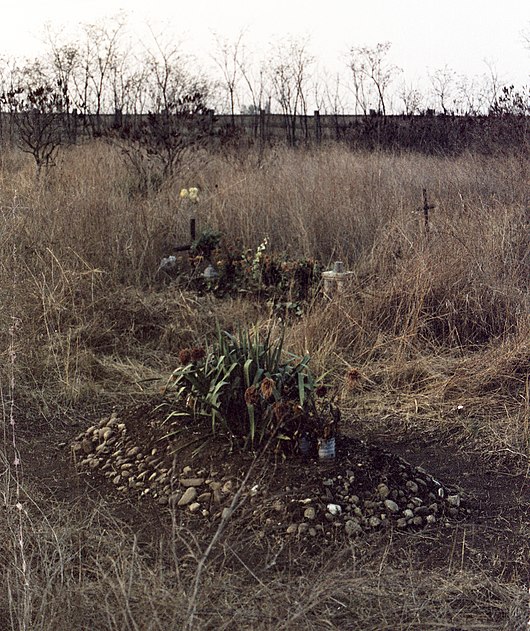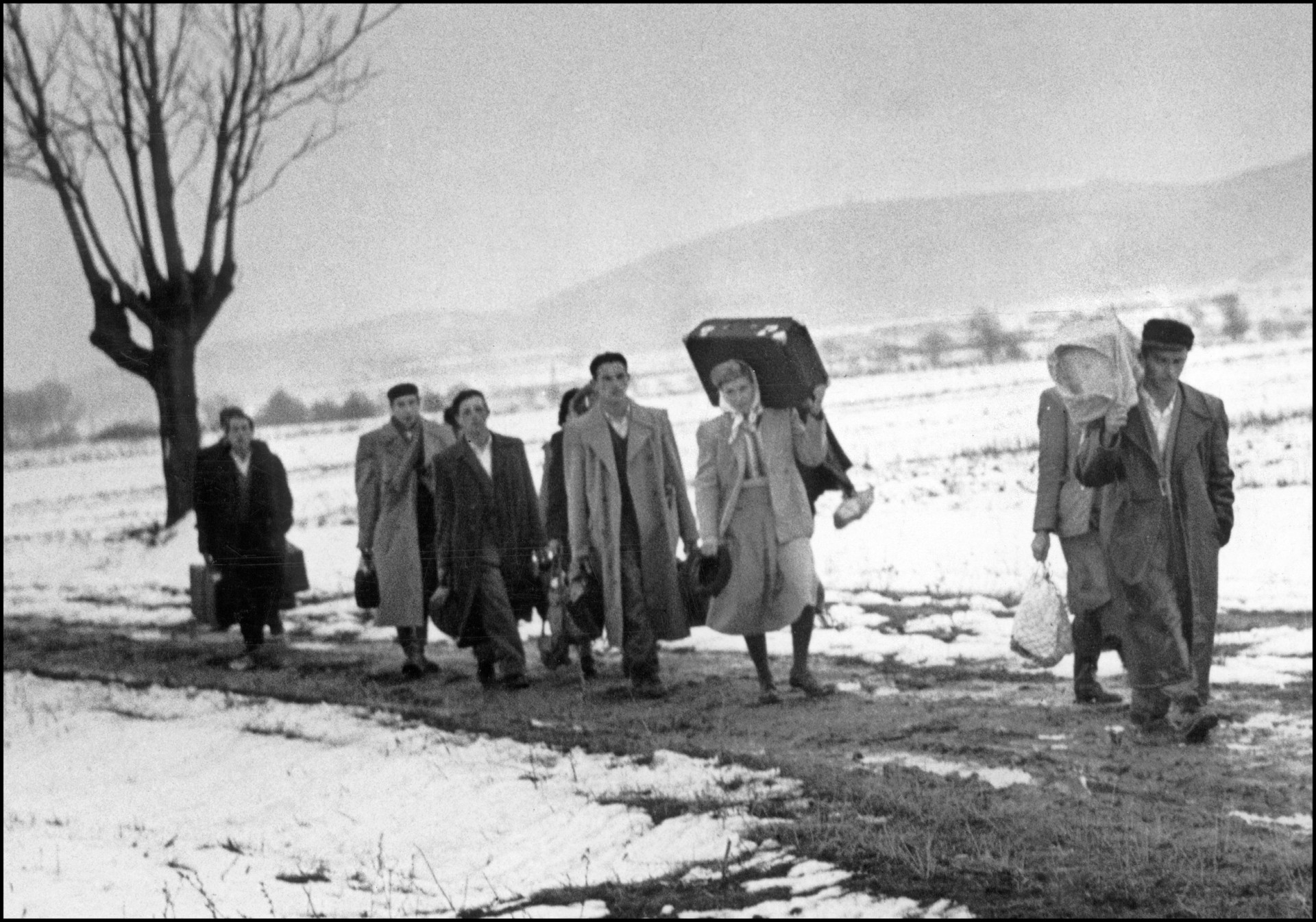
Josef Bem Square – 1956 – Budapest
Hungarian figure of the „Dreaming about the democracy” topic
Josef Bem Square in Budapest holds a significant place in Hungarian history, particularly in the context of the 1956 Hungarian Revolution, a defining moment in the nation’s long struggle for democracy and freedom. Named after the Polish-Hungarian hero of the 1848-49 Revolutions, General Józef Bem, the square became a symbolic gathering place during the 1956 uprising, reflecting the deep historical ties between Hungary and Poland and the shared aspirations of Central European nations for liberty and self-determination.
On October 23, 1956, a peaceful student demonstration in Budapest quickly grew into a nationwide revolt against the oppressive Soviet-backed communist regime. The students, inspired by events in Poland, where a workers’ uprising in Poznań had challenged the Soviet-imposed government, chose Bem Square as their starting point for the march. The choice of location was deeply symbolic: General Bem, a national hero in both Poland and Hungary, had become a symbol of resistance and unity for those striving against foreign domination.
As thousands gathered at Bem Square, the atmosphere was charged with a mix of hope and determination. The demonstrators carried Hungarian flags with the communist emblem cut out, chanting slogans for freedom, democracy, and national independence. They marched from Bem Square to the Hungarian Parliament, where the crowd swelled to tens of thousands, signaling the start of a full-scale revolution.
The 1956 Revolution in Hungary was not just a national struggle; it resonated deeply across Central Europe, where many nations were similarly trapped under Soviet control. The uprising in Budapest inspired a wave of solidarity across the region, particularly in Poland, where the memory of General Bem further strengthened the bond between the two nations. The events in Budapest were closely watched by other satellite states, as the people of Central Europe began to dream of breaking free from Soviet domination and reclaiming their sovereignty.
The revolution was brutally suppressed by Soviet forces, with thousands of Hungarians killed and many more imprisoned or forced into exile. However, the legacy of the 1956 uprising endured. It became a powerful symbol of resistance against totalitarianism and an inspiration for future generations in Hungary and beyond. The revolution demonstrated the deep yearning for democracy that persisted in the hearts of Hungarians, despite decades of repression.
In the broader Central European context, the events of 1956 highlighted the shared struggles of the nations in the region. The desire for democracy, national independence, and human rights was a common thread that united the peoples of Hungary, Poland, Czechoslovakia, and other countries under Soviet influence. Although the 1956 Revolution did not immediately lead to the liberation of Hungary, it planted the seeds of change that would eventually bear fruit in 1989, when the Soviet bloc began to crumble.
Today, Josef Bem Square stands as a memorial to the courage and sacrifice of those who fought for Hungary’s freedom in 1956. The square, with its statue of General Bem, serves as a reminder of the enduring ties between Hungary and Poland and the broader struggle for democracy in Central Europe. The events of 1956 continue to resonate in the region’s collective memory, symbolizing the unbreakable spirit of a people determined to achieve freedom and self-determination, even in the face of overwhelming odds.
As Hungary and its Central European neighbors navigate the challenges of the 21st century, the legacy of the 1956 Revolution and the spirit of Josef Bem Square remain relevant. They remind us that the pursuit of democracy and human rights is a continuous struggle, one that requires vigilance, solidarity, and the courage to stand up against oppression. The square, and what it represents, is a testament to the power of collective action and the enduring hope for a future where freedom and democracy are not just dreams, but realities for all.
Facts







